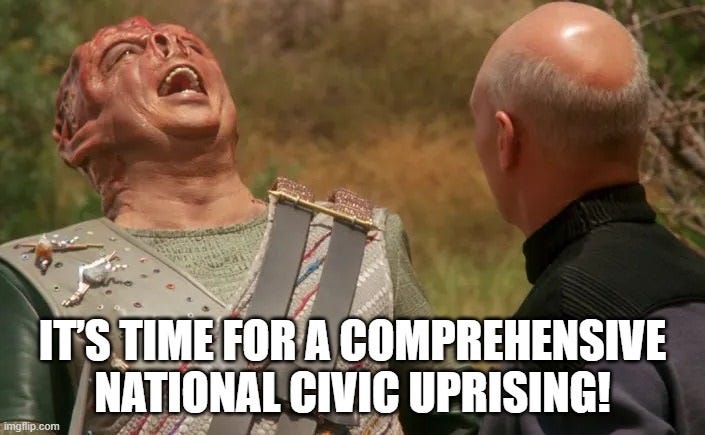The Fast visual recognition memory system (FVMS) is one of the planet’s most powerful visual recognition systems. It can identify faces, create 3D models, and enhance security and control systems in various industries like retail, aviation, education, and more. FVMS is a new and innovative way to store data. It uses an algorithm that records information on flashcards and then stores it in an internal system. This method of learning has many advantages over traditional methods.
Before we learn the importance of AI in image recognition, let’s understand the role of FVMS.
Role Of Fast Visual Recognition Memory
The recognition memory system is the part of the brain that helps us remember what we have seen. It is essential for everyday tasks such as knowing which way to go home or remembering where we put our keys. The recognition memory system comprises two parts: the visual recognition memory system and the verbal recognition memory system.
The visual recognition memory system is the part of the brain that helps us remember what we have seen before. For example, if you see a cat picture, you will be able to remember that it is a cat because you have seen cats before. The visual recognition memory system is essential for everyday tasks such as knowing which way to go home or remembering where we put our keys.
The verbal recognition memory system is the part of the brain that helps us remember what we have heard. For example, if someone says the word “cat,” you will be able to remember that it is a cat because you have heard the word “cat” before. The verbal recognition memory system is essential for everyday tasks such as knowing what someone said to you or remembering what you heard on the news.
How Does FVMS Work?
The Fast Visual Recognition Memory System is a mental process that helps us remember what we have seen. It is believed to work by extracting meaningful information from an image and storing it in our long-term memory. This system is considered particularly important for helping us remember faces. When we look at a face, the FVRMS uses vital facial features to create a mental image of that person’s face. It then stores this image in our long-term memory with other images and information about people we have met and seen. When we see that person again, the system retrieves the stored image and brings it to our consciousness so we can recognize them. This is why it is so essential for you to make an effort to remember your visualizations.
Regular practice is the most effective and efficient way to use the Fast Visual Recognition Memory System (see below). Start by practicing the system with familiar faces that appear regularly in your life, such as friends, family members, and colleagues.
Is FVMS Better Than Traditional Memory Techniques?
Traditional memory techniques rely on the brain’s ability to remember items by associating them with other items that the brain has already learned. Fast visual recognition memory systems, on the other hand, use artificial intelligence algorithms to recognize objects without having to associate them with any other memories.
Fast visual recognition memory systems have several advantages over traditional memory techniques:
- They are faster and more accurate.
- They can be used when it is difficult or impossible to remember items using associative memory techniques.
- Fast visual recognition memory systems can be used with artificial intelligence image recognition technologies to create intelligent systems that can quickly and accurately identify objects and actions.
The Fast Visual Recognition Memory System’s Advantages
The Fast visual recognition memory system is an excellent tool for anyone who wants to improve their memory and cognitive skills. The system has been shown to help people of all ages remember more information more effectively. Additionally, the system can help people improve their visual processing speed and accuracy. The Fast visual recognition memory system is easy to learn and use, and it’s great for people with no memory or cognitive issues.
How Can You Learn The Fast Visual Recognition System?
There are a few things that you can do to help learn and train your Fast visual recognition memory system. One way is to use memory games that help with visual processing and working memory. Another way is to do daily activities requiring you to recognize objects and people visually. For example, you can try to find a specific item in pictures or read a list of items and then recall them later. You can also try different exercises that work on scanning and identifying objects quickly.
Artificial Intelligence In Image Recognition
Artificial intelligence image recognition is a field of computer science that deals with the ability of computers to interpret and label images. This technology is used in various applications, including object and facial recognition, medical image analysis, and security systems. Image recognition is a complex task that requires the ability to identify features in an image and compare them to known patterns—the number of data limits traditional image recognition methods that a computer can process. However, artificial intelligence techniques can handle significant amounts of data more efficiently.
Artificial intelligence image recognition systems can be trained to improve their performance over time. This allows these systems to become more accurate as more data is processed. Additionally, artificial intelligence image recognition can be used to create models that can be used to identify objects in new images.
Conclusion
The fast visual recognition memory system is a mental ability that allows us to quickly and accurately process information we see. This system is essential for everyday tasks such as reading, driving, and navigating around our environment. Individuals with a robust, fast visual recognition memory system can quickly take in large amounts of information and remember it for later use.






































































